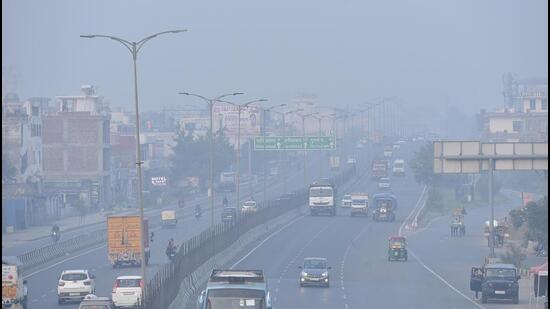Home / Environment / Uttar Pradesh Cities Tackle Stubborn Air Pollution Hotspots
Uttar Pradesh Cities Tackle Stubborn Air Pollution Hotspots
24 Oct
Summary
- Pollution control board identifies 17 air pollution hotspots in Noida and Ghaziabad
- Hotspots plagued by vehicle congestion, road dust, construction activities, and open storage
- Air quality in Ghaziabad and Noida has seen marginal improvement in recent years

As of October 24, 2025, the Uttar Pradesh Pollution Control Board (UPPCB) has identified 17 air pollution "hotspots" across Noida and Ghaziabad that continue to be plagued by vehicular congestion, road dust, construction activity, and open storage of building materials. These 10 locations in Noida and 7 in Ghaziabad will be the focus of intensive mitigation efforts under this winter's action plan.
The UPPCB has been monitoring these hotspots, which were also identified last year. However, the board was unable to reduce the number of hotspots, which remain the same as in 2024. The regional officers stated that extensive air pollution abatement measures, such as mechanised road sweeping and water sprinkling, will be taken up by the respective agencies in these areas.



